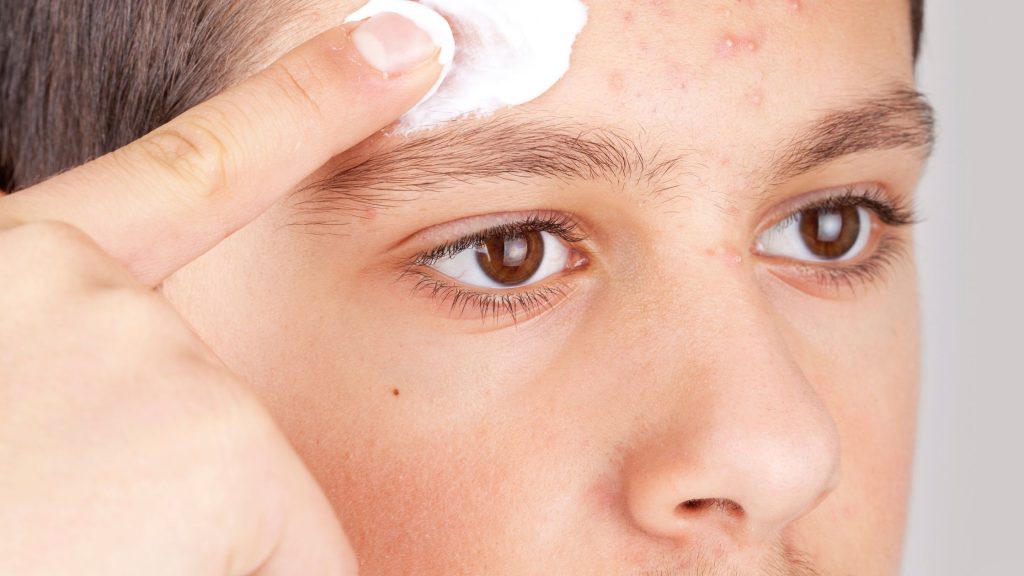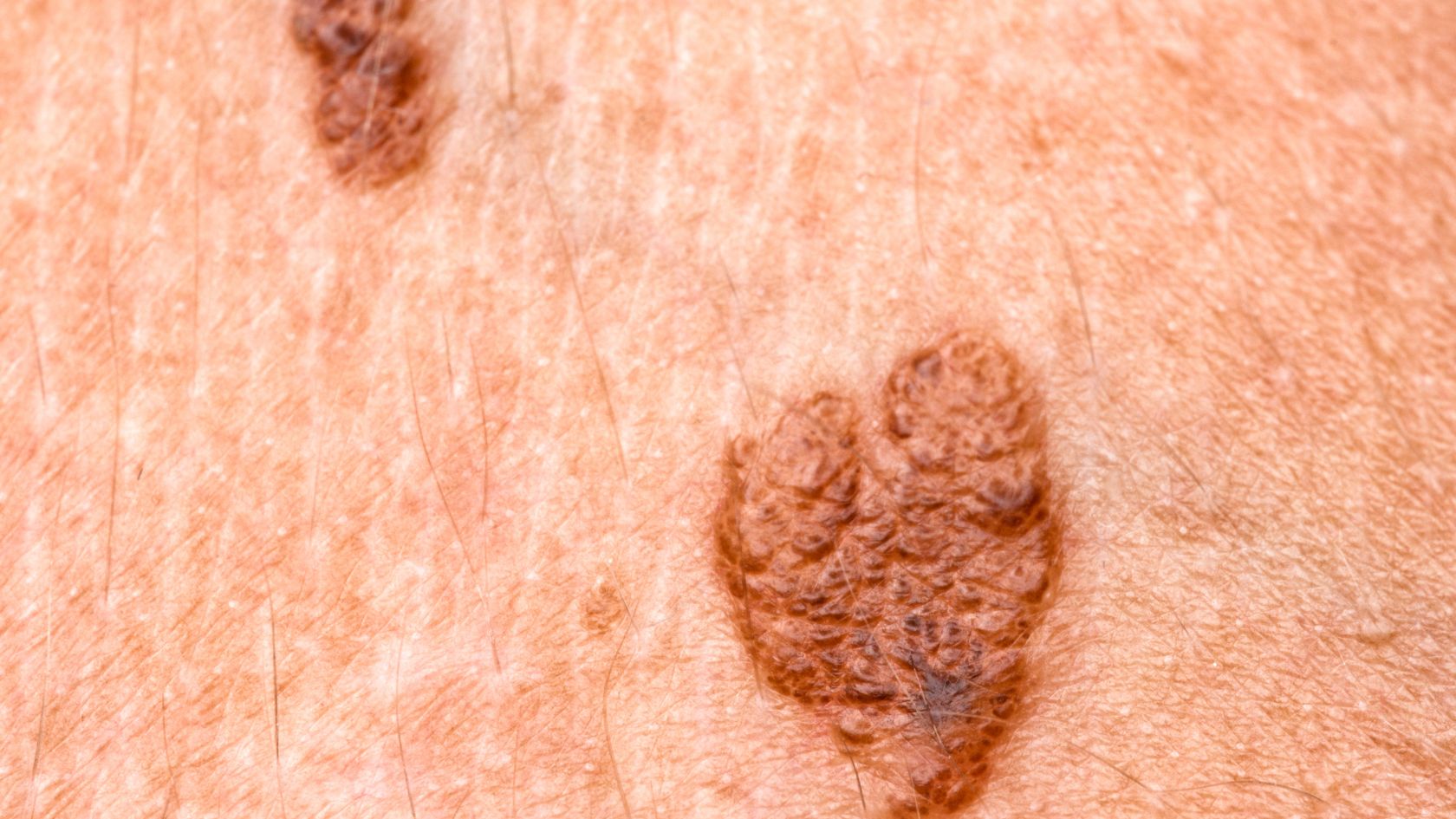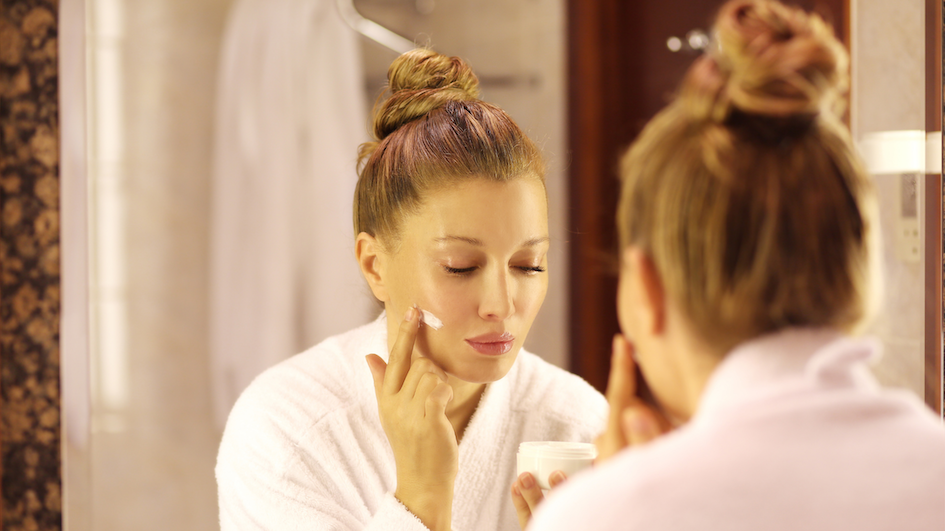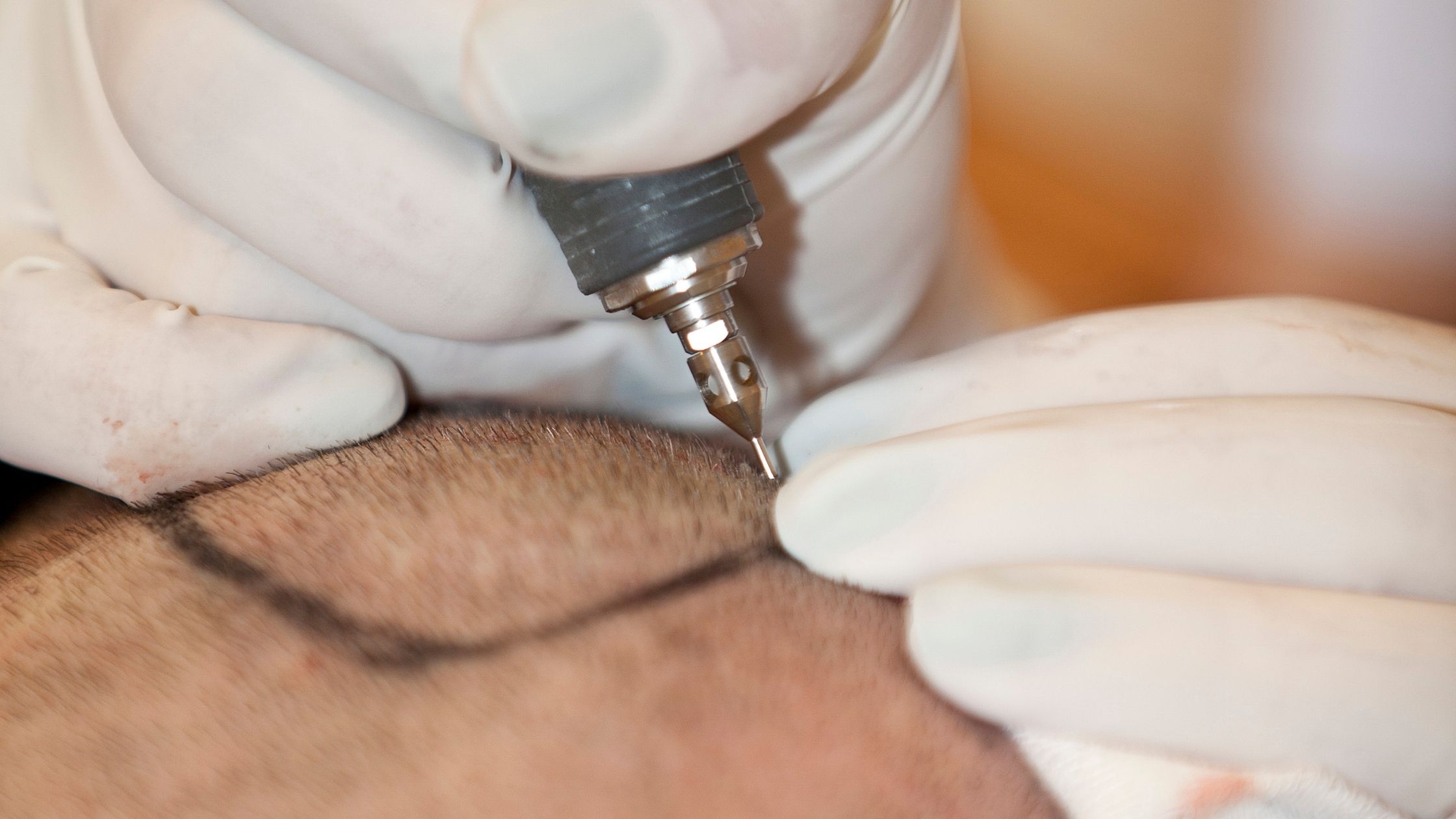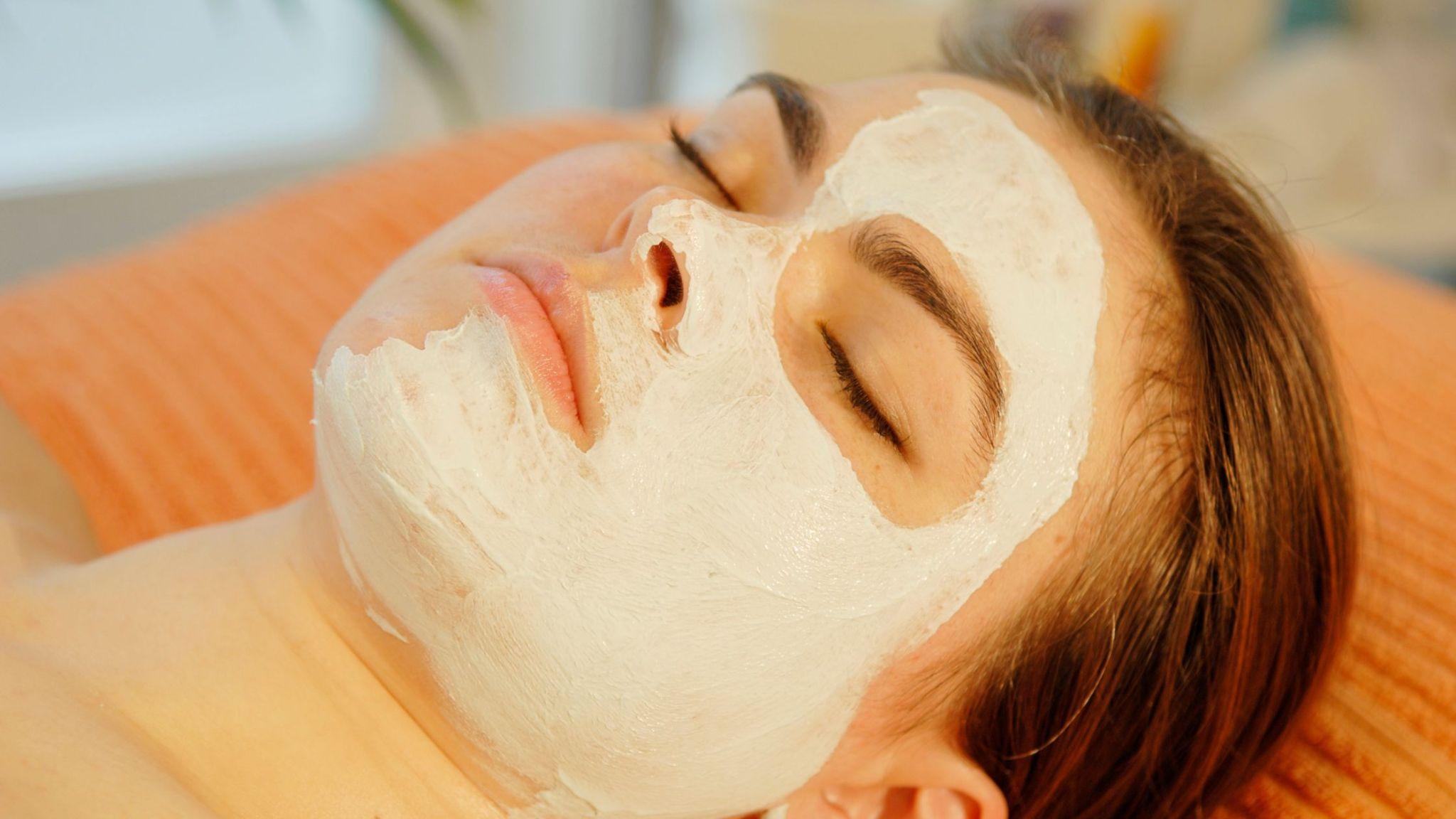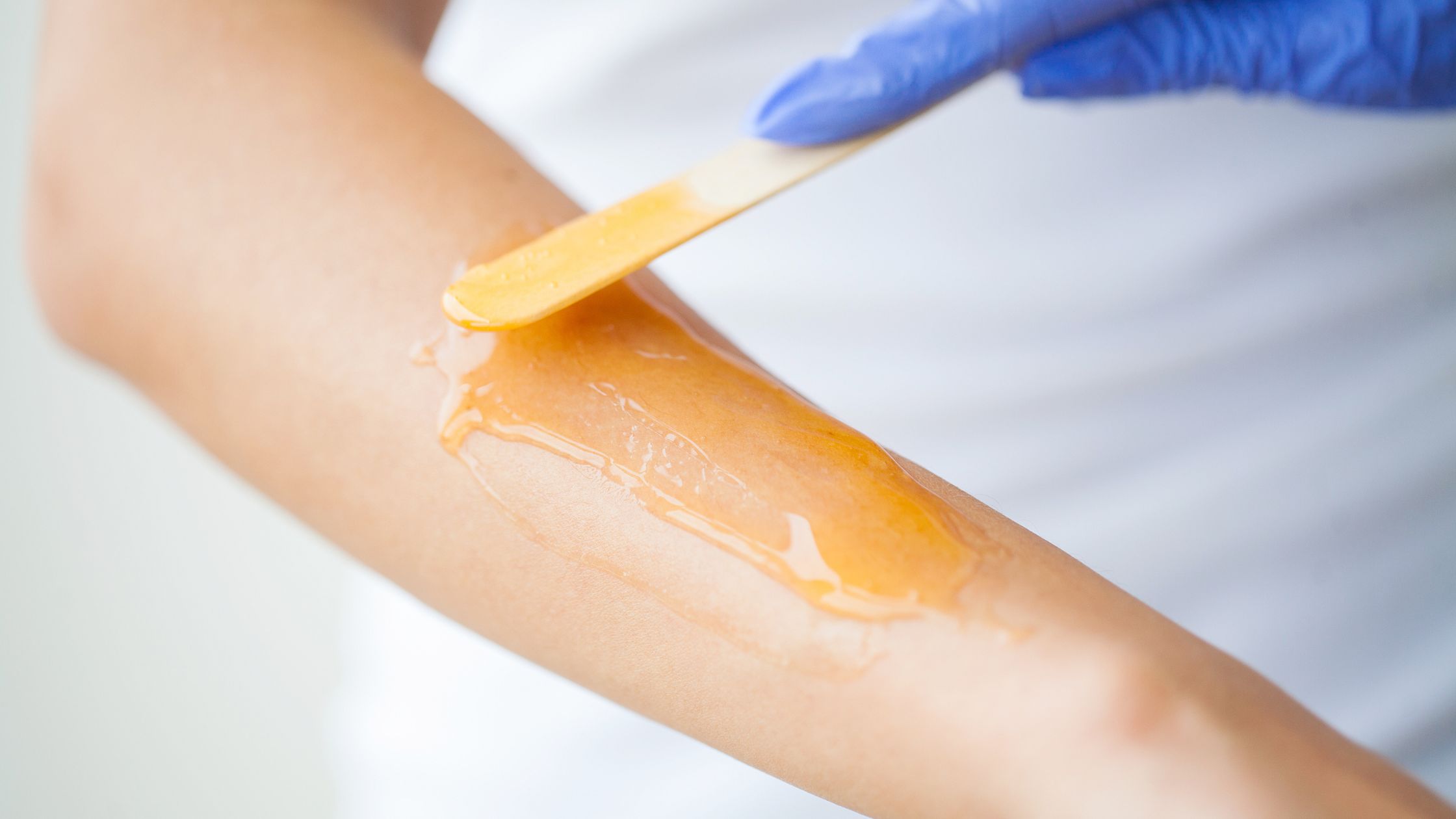Children’s skin is delicate and sensitive. This makes them more prone to various skin problems. From rashes to fungal infections, these conditions can cause discomfort and concern for both the child and the parents. Identifying the early signs and seeking timely medical advice is crucial for effective treatment and relief. This blog explores some of the most common skin problems faced by children, their symptoms, and preventive measures. We will also direct you to the best children’s dermatologist in HSR Layout for treating various skin conditions.
Dermatitis
Any condition that causes skin inflammation in your child will be classified in this bucket. These conditions have typical characteristics like red rashes, itchiness, and dry skin.
Diaper Rash
This is probably the most common skin condition found in babies. It occurs when moisture in the diaper area causes irritation and promotes the growth of fungi or bacteria that are normally present in small amounts on the skin.
How to manage:
- Keep the diaper area clean and dry by changing diapers frequently.
- Allow your baby’s skin to air out for a short time before putting on a new diaper,
- Apply an ointment or cream containing zinc oxide or petroleum jelly.
Cradle Cap
Cradle cap is also known as infant seborrheic dermatitis. It is characterized by yellow, scaly patches often surrounded by a red rash on a baby’s scalp. An overactive sebaceous (oil-producing) glands on the scalp cause this condition.
How to manage: Use a mild baby shampoo and gently rub off the scales if they do not bother your baby.
Eczema
Eczema is also known as atopic dermatitis. It causes your child’s skin to become itchy, red, irritated, and dry. Eczema occurs due to differences in the skin barrier (compared to normal, healthy skin). An immune system that is more prone to allergies can also cause this condition. These skin barrier issues make the skin more sensitive and susceptible to dryness and infections.
How to manage:
- The primary goal of treatment is to manage symptoms and prevent flare-ups.
- Identifying and avoiding seasonal or allergic triggers can help reduce symptoms.
- Good skincare practices are essential, such as bathing in warm—not hot—water and moisturizing regularly, especially right after bathing or any water exposure.
Contact Dermatitis
Contact dermatitis occurs when a patch of skin develops small red bumps. It usually happens after your skin comes in contact with an allergen. It could be certain foods, lotions, chemicals, or plants like poison ivy. The rash typically appears one to two days after exposure. Depending on the child’s sensitivity, the condition can persist as long as the skin remains in contact with the allergen. It may take one to two weeks to heal.
How to manage:
- The best way to prevent this condition is by staying away from the allergen
- Antihistamines or steroids can help relieve symptoms.
Ringworm
This condition appears as round or oval patches on the skin with smooth centers and red, scaly borders. Initially, these patches may not resemble rings, but as they grow larger, the ring-like shape becomes more noticeable. The affected areas can be itchy, painful, and may become swollen or inflamed.
How to manage: Ringworm can be treated with antifungal medications, which can be applied topically or taken orally, depending on the severity of the infection.
Viral Infections
Viral rashes are caused by different kinds of viruses. They are usually accompanied by other symptoms.
Chickenpox
Chickenpox used to be a widespread infection among young children. However, today, it has become much less common thanks to widespread immunization efforts. The illness, caused by the varicella-zoster virus, typically starts with a fever and cold-like symptoms. It is then followed by an itchy rash. The rash consists of a combination of red spots, fluid-filled blisters, and crusty scabs that usually last for about a week. Children with chickenpox remain contagious until all the blisters have crusted over. Later in life, the virus can reactivate and cause shingles.
How to manage:
- Keep the skin clean and dry
- Avoid scratching
- Apply soothing lotions like calamine or use oatmeal baths to relieve itching.
Roseola (Sixth Disease)
Roseola is a viral infection that typically causes mild illness in infants and young children. It usually begins with a sudden high fever that lasts for a few days. It is then followed by a non-itchy, lacy rash. The fever and rash generally do not occur simultaneously. The rash usually appears as the fever subsides. It often starts on the chest or back and then spreads to other parts of the body.
How to manage: Ensure the child stays comfortable with loose clothing and avoid overheating. Applying a gentle, soothing lotion or oatmeal bath can help alleviate any itching or irritation.
Fifth Disease
This condition is also known as “slapped cheek” disease. It is caused by the Parvovirus B19 virus and is characterized by a bright red rash on a child’s cheeks. Besides the distinctive facial rash, children may also experience a mild fever and other nonspecific symptoms. The facial rash typically fades within a few days. However, pink, lacy-patterned spots may appear on the arms and legs.
How to manage: Treatment options include nonsteroidal anti-inflammatory drugs (NSAIDs), anti-itch creams, and antihistamines to alleviate symptoms.
Bacterial Infections
Here are two skin conditions caused by bacteria –
Scarlet Fever
Scarlet fever is caused by the group A Streptococcus bacteria. It is the same bacteria responsible for strep throat. Common symptoms include fever, sore throat, and headache. However, the hallmark sign of scarlet fever is a red, raised rash that typically begins on the neck and upper chest. This rash can spread to other parts of the body and has a rough, sandpaper-like texture. It may look very similar to a sunburn. A child with scarlet fever may also have a flushed face with a paler area around the mouth.
How to manage: The condition is treatable with antibiotics, which help to clear the infection and prevent complications.
Impetigo
Impetigo is a skin infection caused by either Group A Streptococcus or Staphylococcus aureus bacteria. It is most frequently seen in children aged 2 to 5 years but can occur at any age. Red bumps, blisters, or crusty sores are the common characteristics of this condition. It commonly appears around the mouth and nose. But it can also occur on any area of the skin that is frequently irritated.
How to manage: Treatment typically involves antibiotics. The patient can take them orally or apply directly to the affected skin to clear the infection.
Wrap Up: Best Children’s Dermatologist in HSR Layout
Addressing skin problems in children promptly is crucial for their comfort and well-being. Early intervention and appropriate treatment can make a significant difference. For expert care and comprehensive management of your child’s skin health, Dr. Renu stands out as the best children’s dermatologist in HSR Layout. With her extensive experience, Dr. Renu offers personalized and effective solutions to ensure your child’s skin issues are treated with the utmost care and expertise. Request an appointment now.
